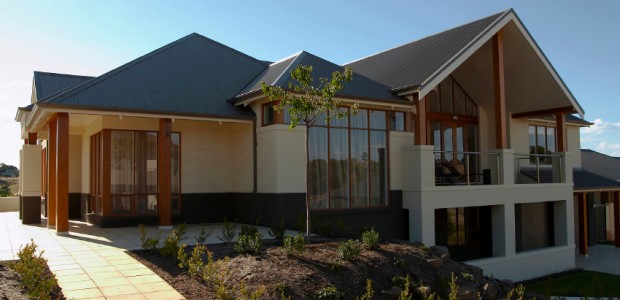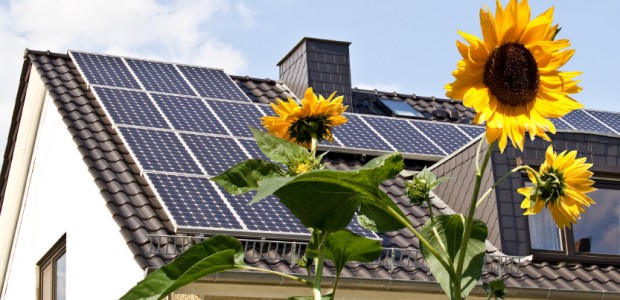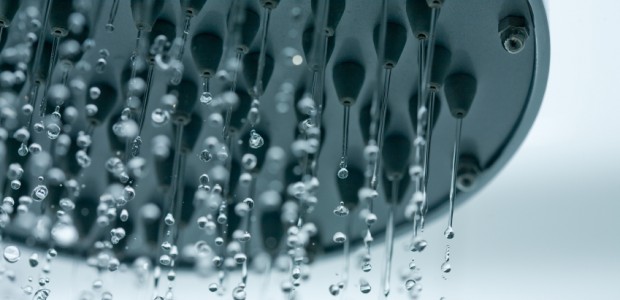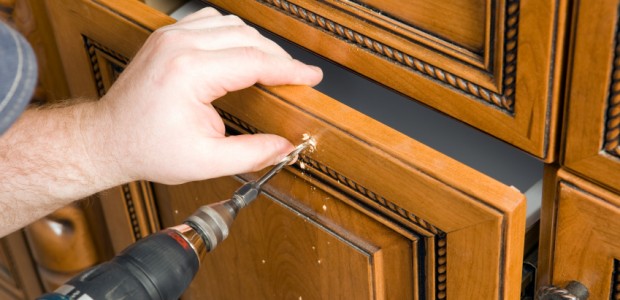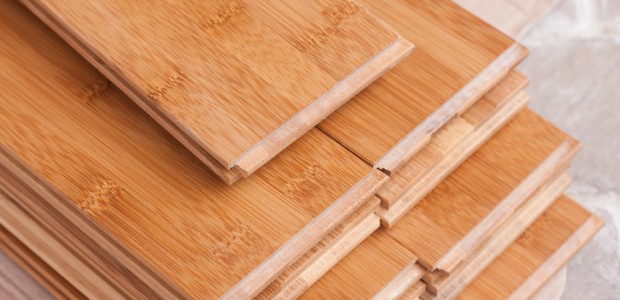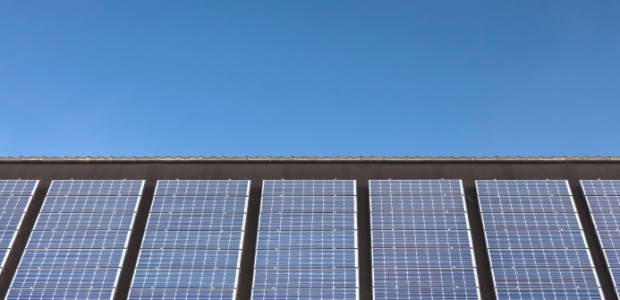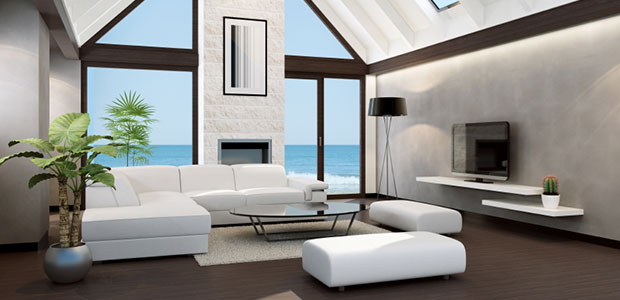Thinking about remodeling your home? The best way to remodel your home is by using green building materials. It is a great way to help save the environment and get the most out of your home. Since it is sometimes difficult to define if a particular material is green there are some general guidelines to consider.
- Typically, the best material for any job is the one that performs the best with respect to the green criteria of you and your home. Factors might include: the product’s longevity, how well the material or product works with the rest of your home, whether it contributes to reducing energy or water consumption, or if it helps to improve air quality.
- If two materials perform the same and have roughly equal expected lifetimes, natural materials are normally preferable to man-made ones.
- Local materials are generally preferred to ones that must be shipped long distances, but you should weigh each material case by case.
Here is some information about the types of green materials you can choose for your home!
- Framing — Wood. Two types of wood are gaining traction among green builders — engineered lumber and wood certified by the Forest Stewardship Council (FSC). Engineered wood is very common on both green and conventional home because it uses wood scraps and smaller trees to produce framing that’s stronger than traditional logs. Engineered wood also allows the builder to use less wood and use wood scraps that would otherwise go to waste.
- Insulation — Fiberglass. Builders generally don’t consider fiberglass insulation a green material because it typically contains a toxic binding agent and is very energy-intensive to make. However, “superinsulating” a structure beyond building-code requirements is a fundamental principle of green building. Many green builders take advantage of the low cost and ease of installation to “superinsulate” and save money that they can use for other green features.
- Roofing – Steel. Steel roofing (both panels and shingles) is an increasingly popular green choice because of its high recycled content and longevity.
- Interior Finishing — Natural clay plaster. Natural clay plasters are a great green alternative to the more common gypsum-based plasters.
Sources: isopropertyresources.com, (http://www.isopropertyresources.com/Feature-Story/Articles/Green-Building-Materials.html), greensource.com, (http://greensource.construction.com/products/2013/1303-product.asp)
